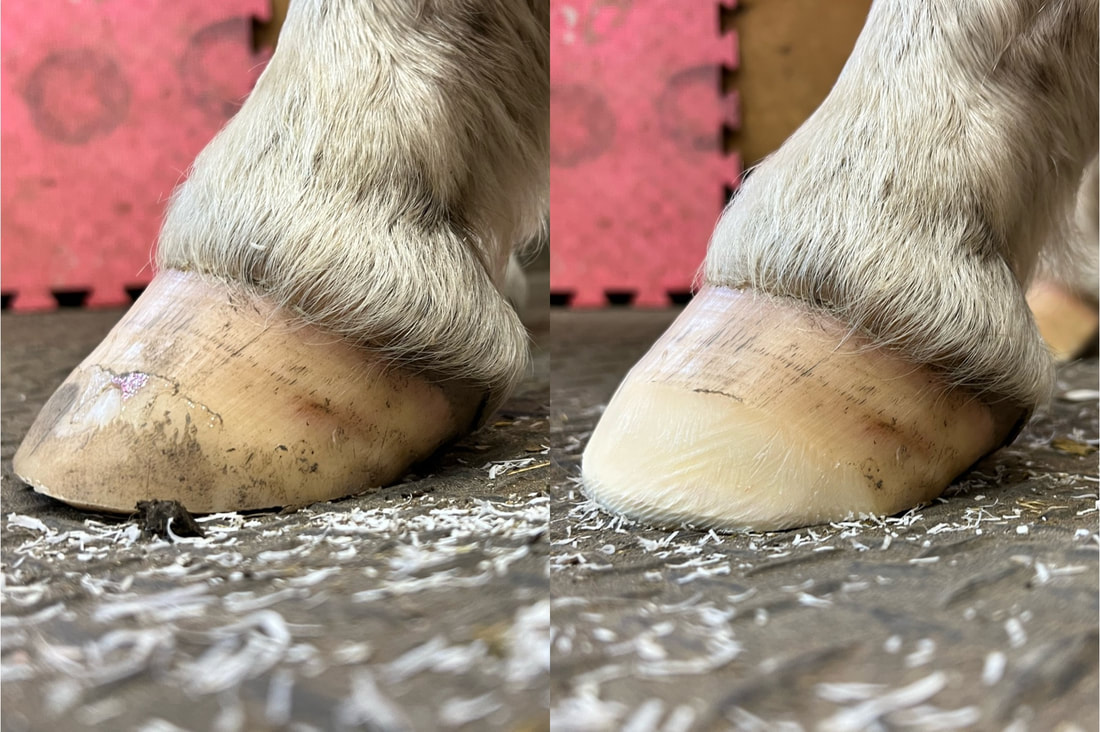Hoof thrush is a common ailment that affects many horses, causing discomfort and potential issues if left untreated. Finding effective techniques to overcome hoof thrush is essential for maintaining your horses health and well-being. In this article, we will explore various strategies and methods that have been proven to work in combating this troublesome condition.
By understanding the causes of hoof thrush and implementing the right solutions, you can successfully treat and prevent this problem, keeping your horse happy and healthy.
Understanding Hoof Thrush: Causes and Symptoms

Hoof thrush is a common ailment that affects many horses, causing discomfort and potential lameness if left untreated. Understanding the causes and symptoms of hoof thrush is essential for effective treatment and prevention strategies. Hoof thrush is typically caused by a bacterial infection in the frog of the hoof, often resulting from poor stable conditions, inadequate hoof care, or prolonged exposure to damp environments.
Symptoms of hoof thrush may include a foul odor coming from the hoof, black or gray discharge, sensitivity to pressure in the frog area, and potential lameness. Recognizing these signs early and taking appropriate measures is crucial in managing and overcoming hoof thrush in horses.
Effective Treatment Options for Hoof Thrush

When treating hoof thrush in horses, it is essential to consider a combination of both preventive measures and effective treatment options. One popular method is to soak the hoof in a solution of diluted bleach or apple cider vinegar to kill the bacteria causing the thrush.
Additionally, keeping the hoof clean and dry, as well as providing proper hoof care, such as regular trimming and shoeing, can help prevent thrush from recurring. In more severe cases, a veterinarian may prescribe antimicrobial medications or suggest specific hoof treatments to combat the infection. It is important for horse owners to work closely with their veterinarian to develop a tailored treatment plan that addresses the root cause of the thrush and promotes healing.
Preventative Measures for Hoof Thrush

Preventative measures for hoof thrush are essential for maintaining the health and well-being of your horse. Regular cleaning of the hooves is crucial to prevent the buildup of dirt, debris, and bacteria that can lead to thrush. Ensure that your horses environment is kept clean and dry, as moisture is a key factor in the development of thrush.
Consider using a hoof pick daily to remove any debris and inspect the hooves for any signs of thrush. Additionally, providing regular exercise for your horse can help improve circulation and promote healthy hoof growth. Consulting with a veterinarian or farrier for guidance on proper hoof care and maintenance can also be beneficial in preventing thrush. By taking proactive steps to care for your horses hooves, you can help prevent the development of hoof thrush and keep your horse healthy and happy.
Conclusion
In conclusion, dealing with hoof thrush can be a challenging task but with the right techniques and products, it is possible to overcome this common issue. By practicing regular hoof care, maintaining a clean and dry environment, and utilizing effective treatments such as the Best Hoof Conditioner, horse owners can successfully manage and prevent thrush in their equine companions.
It is important to be proactive in addressing hoof health issues and to work closely with a veterinarian or farrier to ensure the overall well-being of the horses hooves. By following these techniques and incorporating the best practices, horse owners can keep their horses happy, healthy, and free from hoof thrush.


